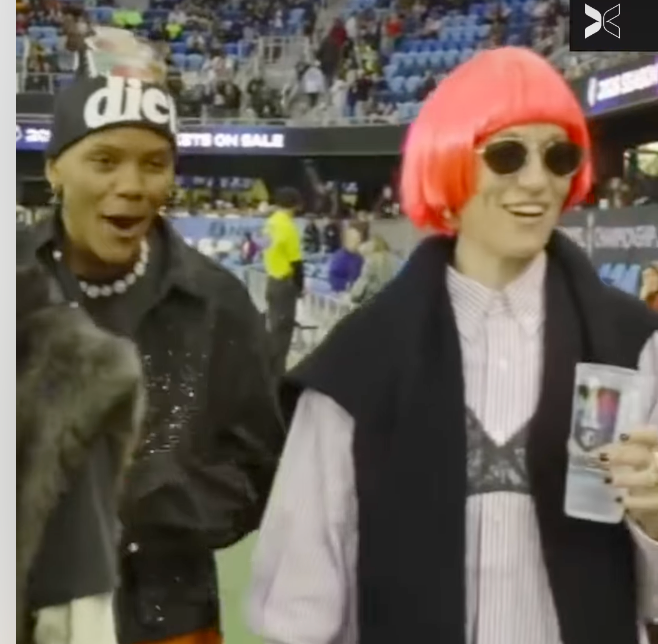How’s this for a switch? A popular magazine is using its e-mail newsletters to drive print subscriptions.
That’s right. Yoga Journal pulls around 7,000 print subscriptions per annum with offers sent to its e-mail list. And newsletter subscribers provide the bulk of them.
Here’s how it works.
The Yoga Journal Web site (www.yogajournal.com) pulls 500,000 unique visitors a month, many of whom do not subscribe to the magazine.
“They go to our site for content, and they see the newsletters and sign up for them,” says circ director Barbara Besser. “E-mail addresses are potential subs to me.”
Monthly print subscription offers are thus sent to roughly 100,000 opt-in names, including e-zine subscribers and people who have opted in for other types of e-mail.
The offers are usually done in combination with another publisher. For example, one recent combo offered Yoga Journal and Utne for $20.
“Start the New Year off right,” the promotion said. “Let Yoga Journal and Utne magazine be your sources for practical wisdom on how to live a more meaningful and enjoyable life.”
The response rates to these blasts range between .2 and .8%.
“These sound like terrible numbers, but we’re talking about several hundred subs a month,” Besser says.
The four e-newsletters are:
My Yoga Journal—A weekly on all aspects of yoga.
The Daily Insight—A daily described as “a quick dose of yogic inspiration.”
My Yoga Mentor—A monthly written mostly for teachers.
Online Extra—An e-zine offering “the stuff we don’t have room for in the magazine.”
But e-zines aren’t the only contributor of subscriptions. The Web site is now Yoga Journal’s largest new business source, accounting for 12% of its total subscriptions. Besser achieved 10% growth on the Web in 2004, 17% in 2005 and 8% to date this year.
The most successful source is the cover ad, featuring the current magazine cover. Positioned on the left-hand side of the home page (and on as many pages as possible), it pulls 40 to 50% of the total net orders online, according to Besser.
“The payup is the highest because it’s very promotional,” she says. “People really get a look at the magazine.”
But it wasn’t easy to get that space. “It took me a couple of years to get prime real estate,” Besser says.
The convincer? Her own success as a circulator. In the five years ending in 2004, Besser tripled the subscription list from 100,000 to 310,000. And it now stands at 325,000.
The home page also has a small text subscription ad on its right-hand site, above both a paid ad and the fold. In addition, there’s text link on the nav bar.
Then there is the embedded form that appears on every page. It produces 15% to 20% of all net Web orders, but the payup “isn’t as good overall,” Besser said.
Finally, there are pop-up ads that now produce 25-% to 35% of total net orders.
“It took 2 ½ years of successful sub promotion to be allowed to even try pop-ups,” Besser said. “It’s a very sensitive audience.”
Besser acknowledged that pop-ups attract less committed buyers.
“You get more credit buyers and somewhat of a lower payup,” she said. “But the volume can be really be high.”
Summing up, Besser was modest about her success.
“A lot of the work and growth has been a testament to the growth of yoga,” she said.
This story is based on a presentation at the Total Circulation 06 conference in Chicago, sponsored by Circulation Management magazine.



